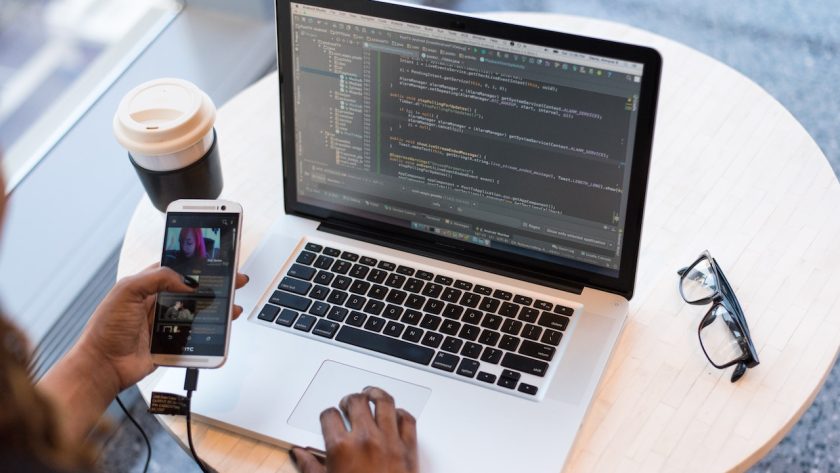Understanding Parental Control Options in Linux: An Overview
Parental control options in Linux are a great way to keep your children safe while they use the internet. These options allow you to set up restrictions on what websites and applications can be accessed, as well as how long they can be used for. You can also block certain types of content, such as adult material or violent games. With parental control options in Linux, you have complete control over what your children can access online.
The first step in setting up parental controls is to install a suitable software package. There are many different packages available, so it’s important to research which one will best suit your needs. Once installed, you’ll need to configure the settings according to your preferences. This includes setting time limits for usage, blocking certain websites and applications, and creating user accounts with specific permissions. After that, you’ll be able to monitor activity on the computer and make changes if necessary. With parental control options in Linux, you can ensure that your children stay safe while using the internet.
Installing and Configuring Parental Control Software: Step-by-Step Guide
Installing and configuring parental control software is an important step in keeping children safe while surfing the Internet. Parental control software can help limit access to inappropriate content, as well as allow parents to monitor their children’s online activity. The following guide to installing and configuring parental control software will help you implement these features on your device.
Step one is to find the right parental control software. There are many different programs out there, so make sure you choose one that meets your needs. Next, you need to install it on your device. Installation instructions should come with the software, or you can use online guides for installing this type of software. Once the installation is complete, you will need to configure the parental control software’s settings to suit your needs and preferences. Settings may include website blockers, a limit on the amount of time spent online, and other features to protect your children from inappropriate content and cyberbullying.
Creating User Accounts with Restricted Access: Setting Up Parental Controls in Linux
Creating user accounts with restricted access is an important part of setting up parental controls in Linux. This allows parents to limit the amount of time their children spend on the computer, as well as what type of content they can access. By creating separate user accounts for each child, parents can set different levels of restrictions for each account. For example, one child may be allowed to browse the internet while another may only be able to use educational software.
In order to create a user account with restricted access, parents must first log into their Linux system as an administrator. From there, they can open the User and Group Management tool and select “Create New User” from the menu. Parents will then need to enter a username and password for the new account before selecting which permissions should be granted or denied. Once all settings have been configured, parents can click “Save” and the new user account will be created with its own set of restrictions.
Filtering and Blocking Websites: Enhancing Online Safety for Kids on Linux
Filtering and blocking websites is an important part of keeping kids safe online. With Linux, there are a variety of tools available to help parents protect their children from inappropriate content or malicious websites. These tools can be used to block access to certain types of websites, such as those containing adult content or gambling sites, as well as to filter out potentially dangerous search results. Additionally, some Linux distributions offer parental control features that allow parents to set time limits for computer use and restrict access to certain applications.
Using these tools in combination with other safety measures, such as teaching kids about responsible online behavior and monitoring their activity, can help ensure that they have a safe and secure experience while using the internet. By taking the time to understand how filtering and blocking works on Linux systems, parents can make sure that their children are protected from potential threats while still being able to enjoy the benefits of the internet.
Time Limits and Usage Restrictions: Managing Screen Time on Linux with Parental Control
Time Limits and Usage Restrictions: Managing Screen Time on Linux with Parental Control is a great way to ensure that your children are using their devices responsibly. With the help of parental control software, parents can set limits on how much time their children spend online, as well as what types of websites they can access. This helps to protect them from inappropriate content and cyberbullying, while also allowing them to explore the internet safely. Additionally, parents can monitor their child’s activity in real-time and receive notifications when certain activities occur.
Linux offers several different options for managing screen time with parental control software. These include setting up user accounts for each child, blocking certain websites or applications, limiting the amount of time spent online, and monitoring activity in real-time. Parents can also customize settings such as age restrictions and content filters to further protect their children from inappropriate content. By taking advantage of these features, parents can ensure that their children are using technology responsibly and safely.




